Explainable AI: Unveiling the Black Box of Machine Learning Models

Introduction
In recent years, artificial intelligence and machine learning have made tremendous strides, revolutionizing industries from healthcare to autonomous vehicles. However, as these technologies become more sophisticated and ubiquitous, a critical question arises: How can we understand and trust the decisions made by complex AI systems?
This is where Explainable AI (XAI) comes into play. XAI refers to methods and techniques that make AI systems' decisions more transparent and interpretable to humans. As AI systems become more complex and integrated into critical applications such as autonomous driving and healthcare, understanding the decisions made by these "black-box" models becomes essential. In this article, we'll explore the importance of XAI and delve into practical applications in two very different areas; traffic sign detection and lung cancer diagnosis to illustrate how XAI can be employed to enhance trust, improve models, and ensure safety and fairness.
The need for Explainable AI
Real-world consequences
The importance of XAI becomes evident when we consider real-world scenarios where AI decisions have significant consequences:
1. Autonomous vehicles: In 2018, a Tesla operating on Autopilot was involved in a fatal crash in California. This incident highlighted the need for understanding how AI systems make decisions in critical situations. Understanding the ML models that power such systems can help in diagnosing and fixing issues, potentially preventing future accidents.
2. Healthcare: Large-scale biomedical studies, such as those conducted by Penn Medicine, are increasingly relying on AI for cancer diagnosis and treatment planning. The ability to explain AI-driven medical decisions is crucial for patient trust and regulatory compliance.
Benefits of XAI
- By understanding how models arrive at their predictions, developers can identify and fix bugs, leading to more reliable AI systems.
- Transparent AI systems are more likely to be accepted and trusted by users and stakeholders.
- As AI becomes more regulated, the ability to explain model decisions will be essential for legal and ethical reasons.
Case study 1: Traffic sign detection
Let's explore how XAI techniques can help us understand deep learning models used for traffic sign detection.
Dataset and model
We utilize two Kaggle datasets for traffic sign detection: one with 57 classes and another with 14 classes. An existing model trained on the 57-class dataset achieves an impressive 0.99 F1 score. This model serves as the basis for our XAI exploration.
Confusion Matrix
One way to understand model performance is through a confusion matrix:
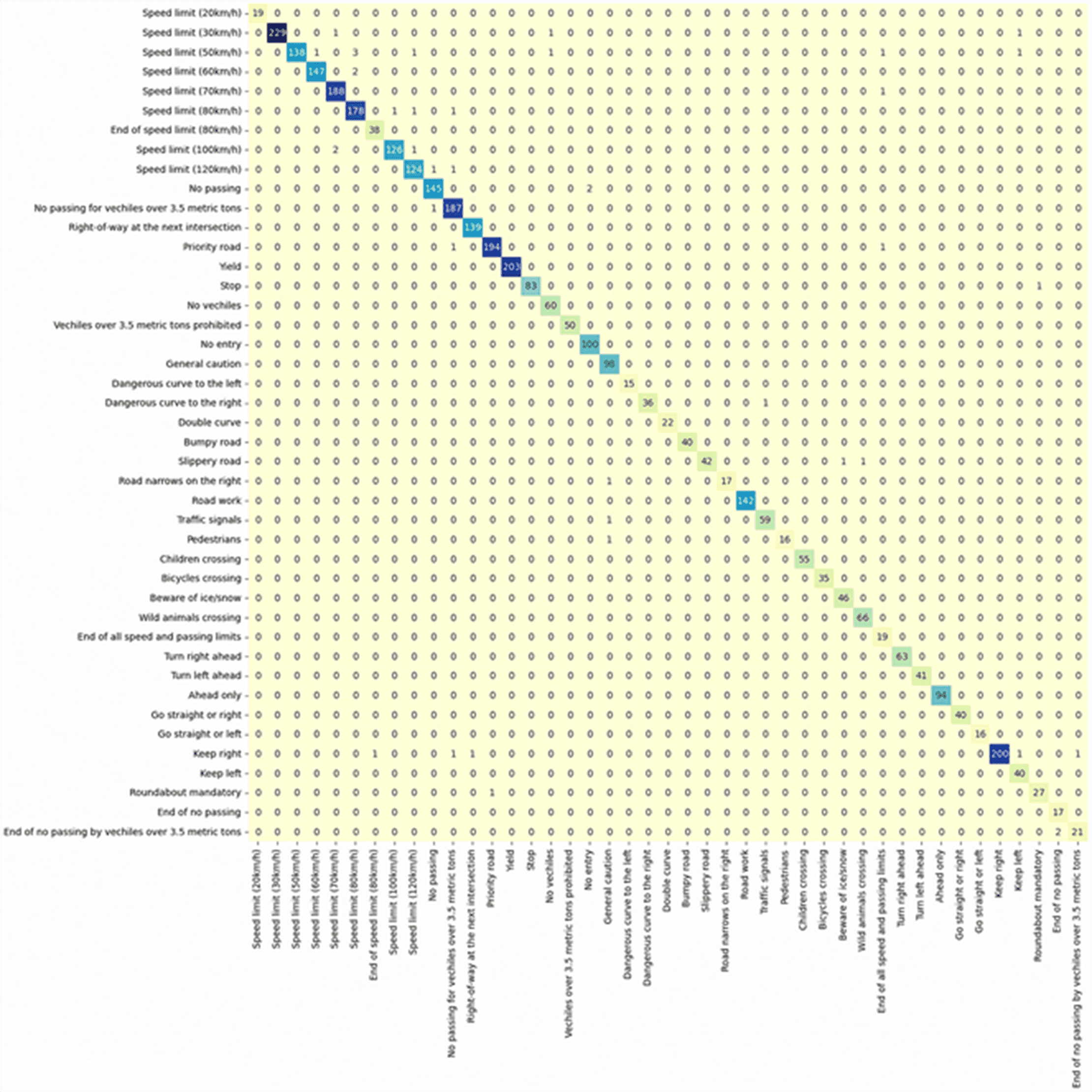
Analyzing the confusion matrix helps identify which classes are often misclassified. This initial step is crucial in understanding model performance and areas that require improvement.
GradCAM visualization
GradCAM (Gradient-weighted Class Activation Mapping) is a powerful tool to visualize which parts of an image influence the model's decision. By applying GradCAM to our traffic sign detection model, we can gain insights into what features the model focuses on when making predictions.
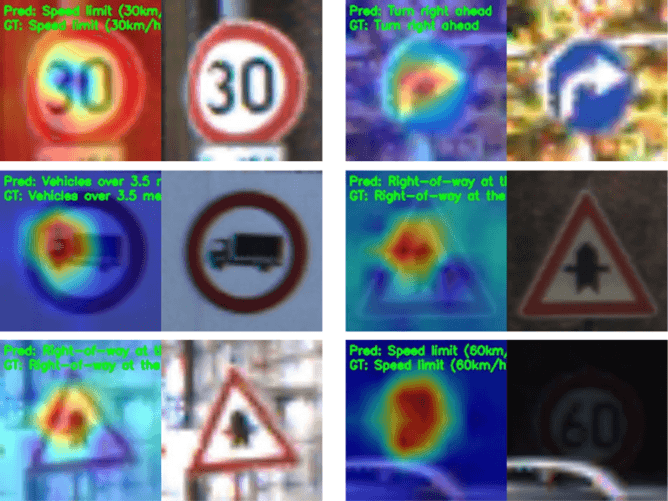
In this example, we can see that the model is focusing on the correct areas of the traffic sign to make its prediction.
Case study 2: Lung cancer detection
Now, let's examine how XAI methods can provide insights into machine learning models for lung cancer detection.
Dataset and model
We'll use a Kaggle dataset specifically designed for lung cancer detection. This is employed to train a model aimed at identifying cancerous patterns in medical images. Similar to the traffic sign detection case, we leverage XAI methods to interpret and validate the model's predictions.
Model performance
Again, we start with a confusion matrix to understand overall model performance. The confusion matrix provides a detailed breakdown of the model's accuracy across different categories, highlighting its strengths and weaknesses:
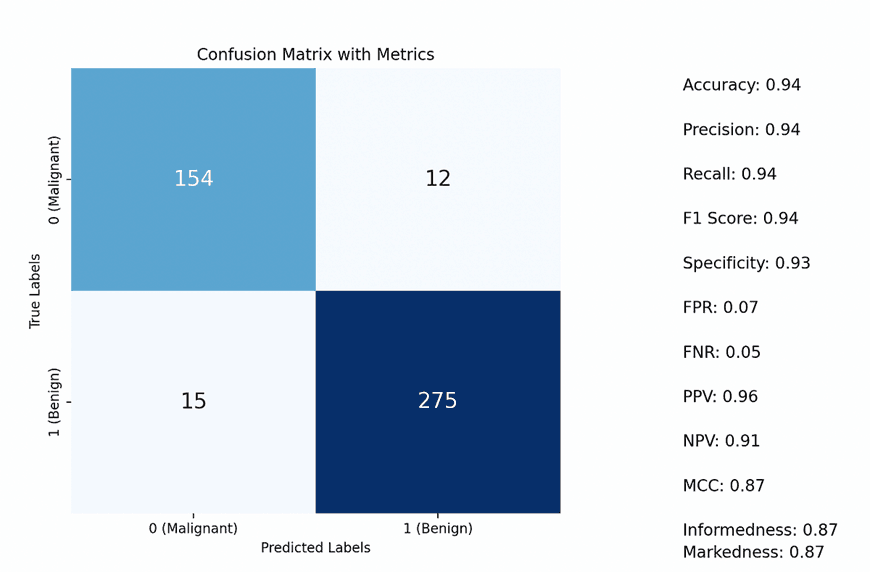
SHAP
SHAP (SHapley Additive exPlanations) is a game-theoretic approach to explain the output of ML models. SHAP force plots visually represent the contribution of each feature to a single prediction, while SHAP summary plots aggregate these contributions across the entire dataset. Let's look at some SHAP visualizations:
SHAP force plots

These plots show how each feature contributes to pushing the model output from the base (average) value to the final prediction.
SHAP summary plots
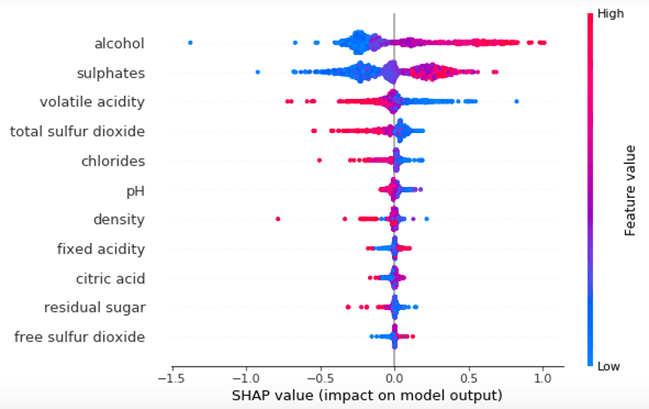
Summary plots give an overview of feature importance and their impact on the model output.
Permutation feature importance
This technique measures the importance of a feature by calculating the increase in the model's prediction error after permuting the feature's values:
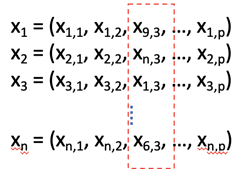

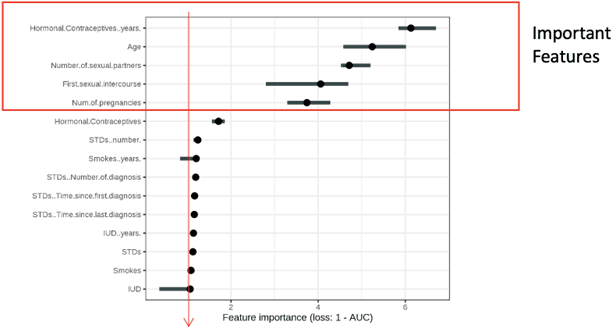
These visualizations help identify which features are most crucial for the model's predictions, guiding further investigation and potential model improvements.
Conclusion
Explainable AI is not just a technical necessity; it's a bridge between complex AI systems and human understanding. By implementing XAI techniques such as GradCAM, SHAP, and permutation feature importance we can:
1. Improve model performance by identifying and fixing bugs.
2. Build trust in AI systems among users and stakeholders.
3. Meet regulatory requirements for AI transparency.
4. Gain valuable insights that can lead to scientific discoveries and better decision-making.
As AI continues to advance, the field of XAI will play an increasingly critical role in ensuring that these powerful technologies are used responsibly and effectively.
Further reading
For those interested in diving deeper into XAI, here are some recommended resources:
- Interpretable Machine Learning by Christoph Molnar
- Explainable AI: Interpreting, Explaining and Visualizing Deep Learning by Wojciech Samek et al.
- The SHAP (SHapley Additive exPlanations) project: https://github.com/slundberg/shap
For a comprehensive view, check out the full project code and additional resources below.
As we advance AI capabilities, let's equally advance our ability to interpret and explain these powerful tools. It's not just about what AI can do, but how we understand its decisions.
Resources
- Tesla in fatal California crash was on Autopilot: BBC
- Large-scale biomedical studies: Penn Medicine
- Datasets:
- GradCAM
- Model Code: GitHub

